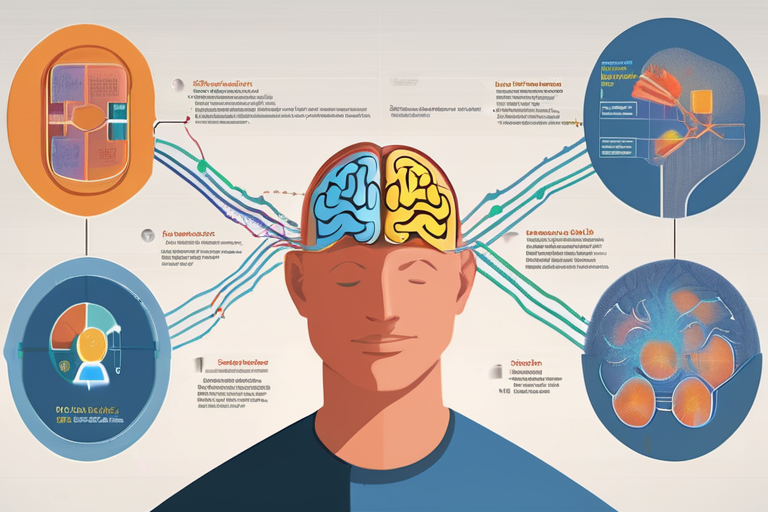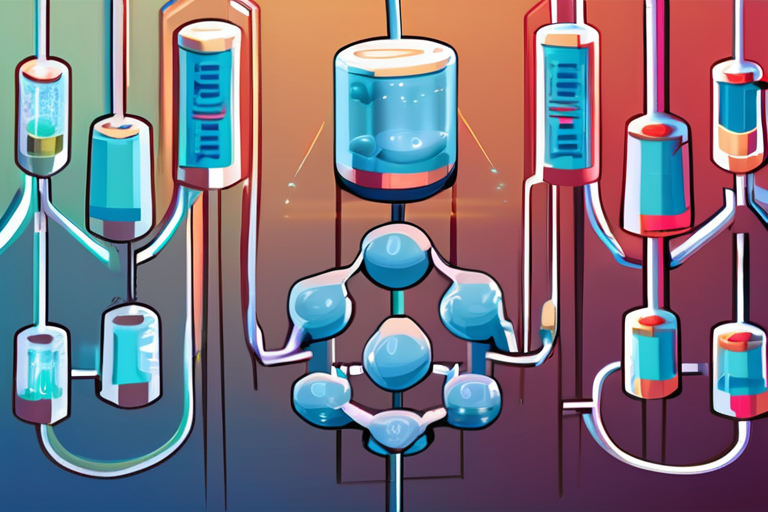Psilocybin's Lasting Impact Revealed: Pyramidal Cells and 5-HT2A Receptors Key to Its Effects


Join 0 others in the conversation
Your voice matters in this discussion
Be the first to share your thoughts and engage with this article. Your perspective matters!
Discover articles from our community

 Hoppi
Hoppi

 Hoppi
Hoppi

 Hoppi
Hoppi

 Hoppi
Hoppi

 Hoppi
Hoppi

 Hoppi
Hoppi

Brain Mapping Breakthrough: Structure Doesn't Equal Function Researchers have made a groundbreaking discovery that challenges the long-held assumption that mapping …

Hoppi

CORRECTION NOTICE: Psilocybin's Lasting Action Requires Specific Cell Types and Receptors A recent study published in the journal Nature has …

Hoppi

Startup Uses AI to Develop Psychedelic-Like Drugs Without the Hallucinogenic Effects In a breakthrough that could revolutionize the treatment of …

Hoppi

Breakthrough Discovery Reveals Structure and Function of Delta-Type Glutamate Receptors A groundbreaking study published in Nature has unveiled the long-elusive …

Hoppi

Breakthrough Discovery Reveals Structure and Function of Delta-Type Glutamate Receptors A groundbreaking study published in Nature has shed new light …

Hoppi

Athletes Turn to Ibogaine for Treatment of Brain Injuries LOS ANGELES - A growing number of professional fighters and football …

Hoppi